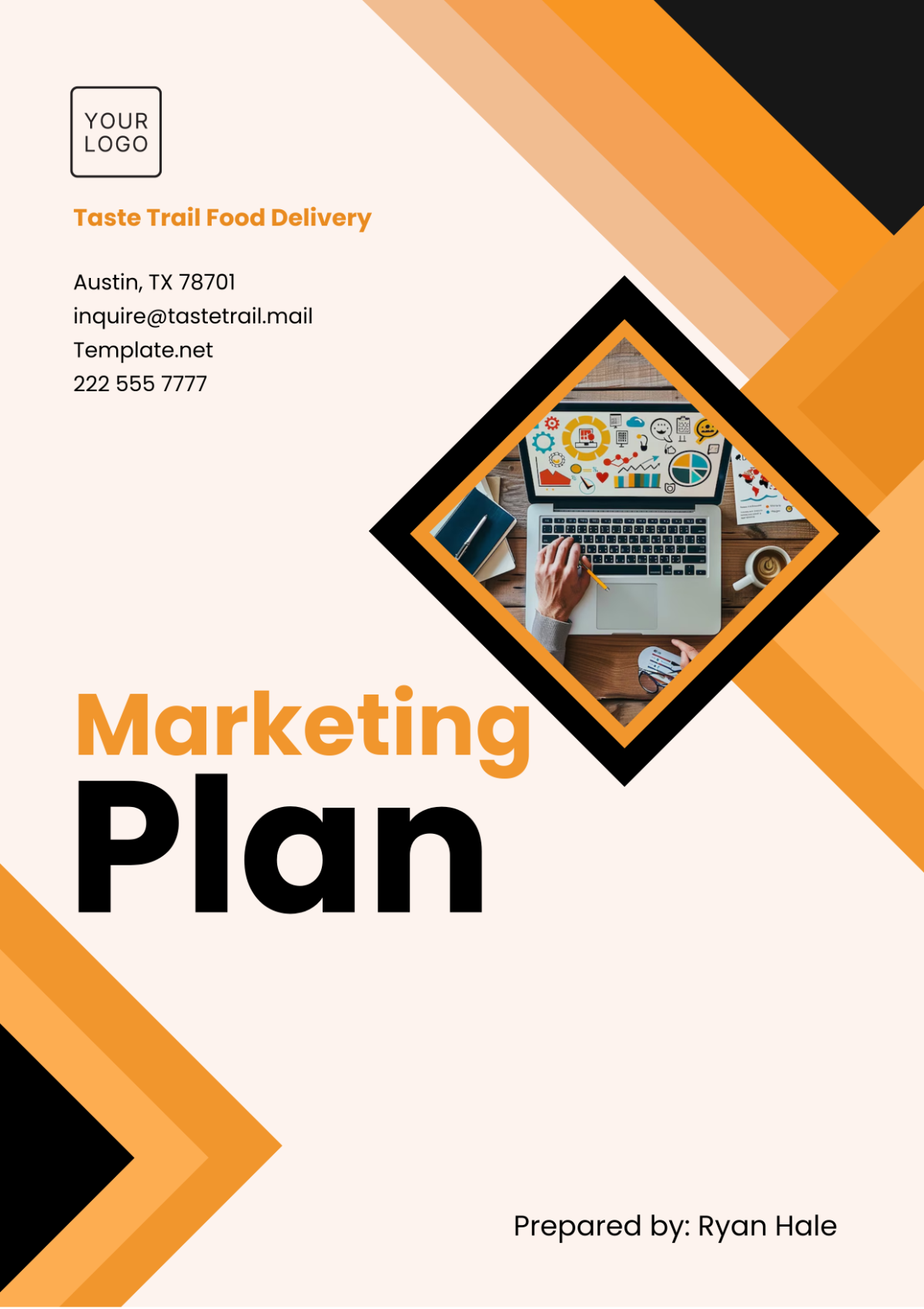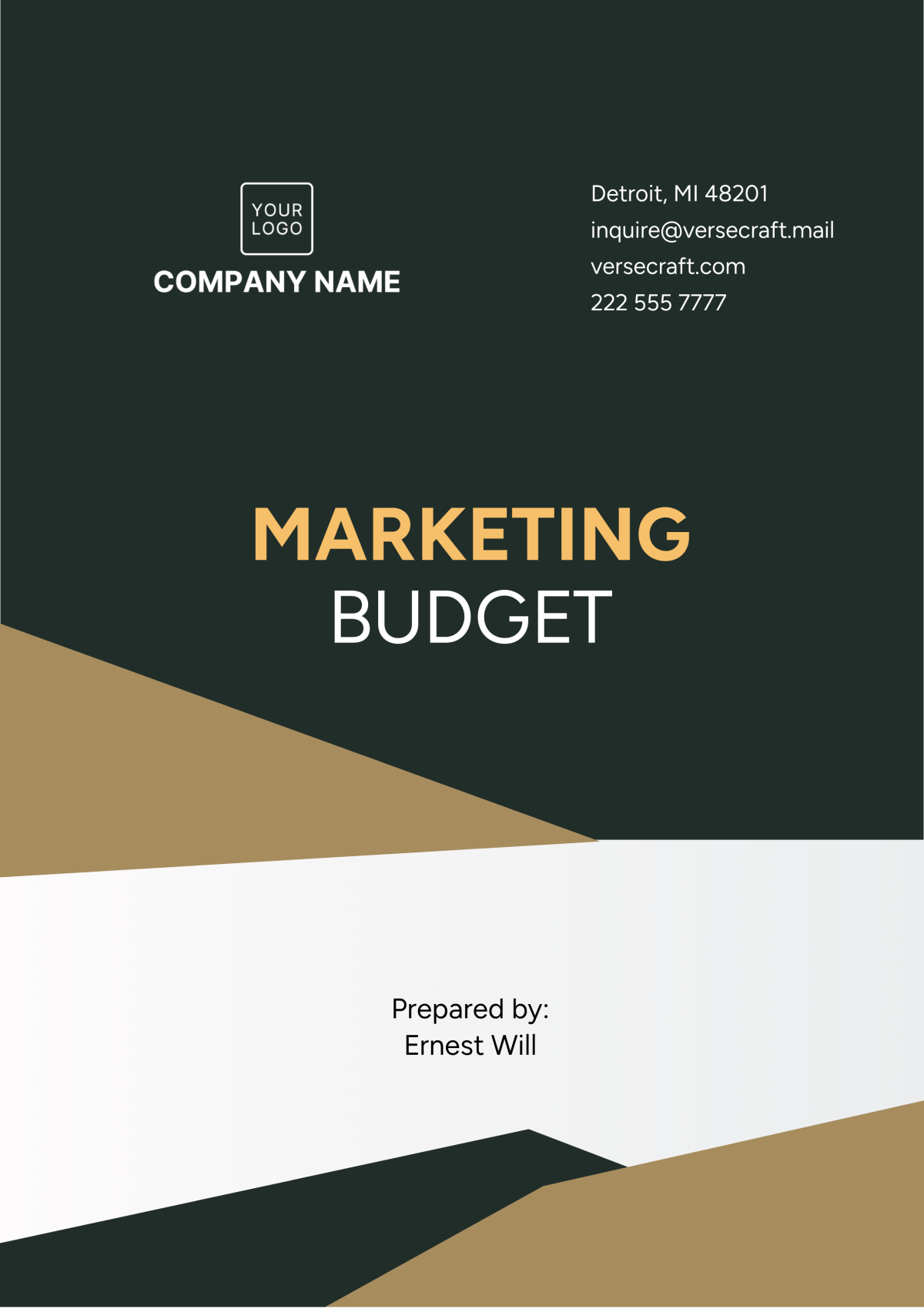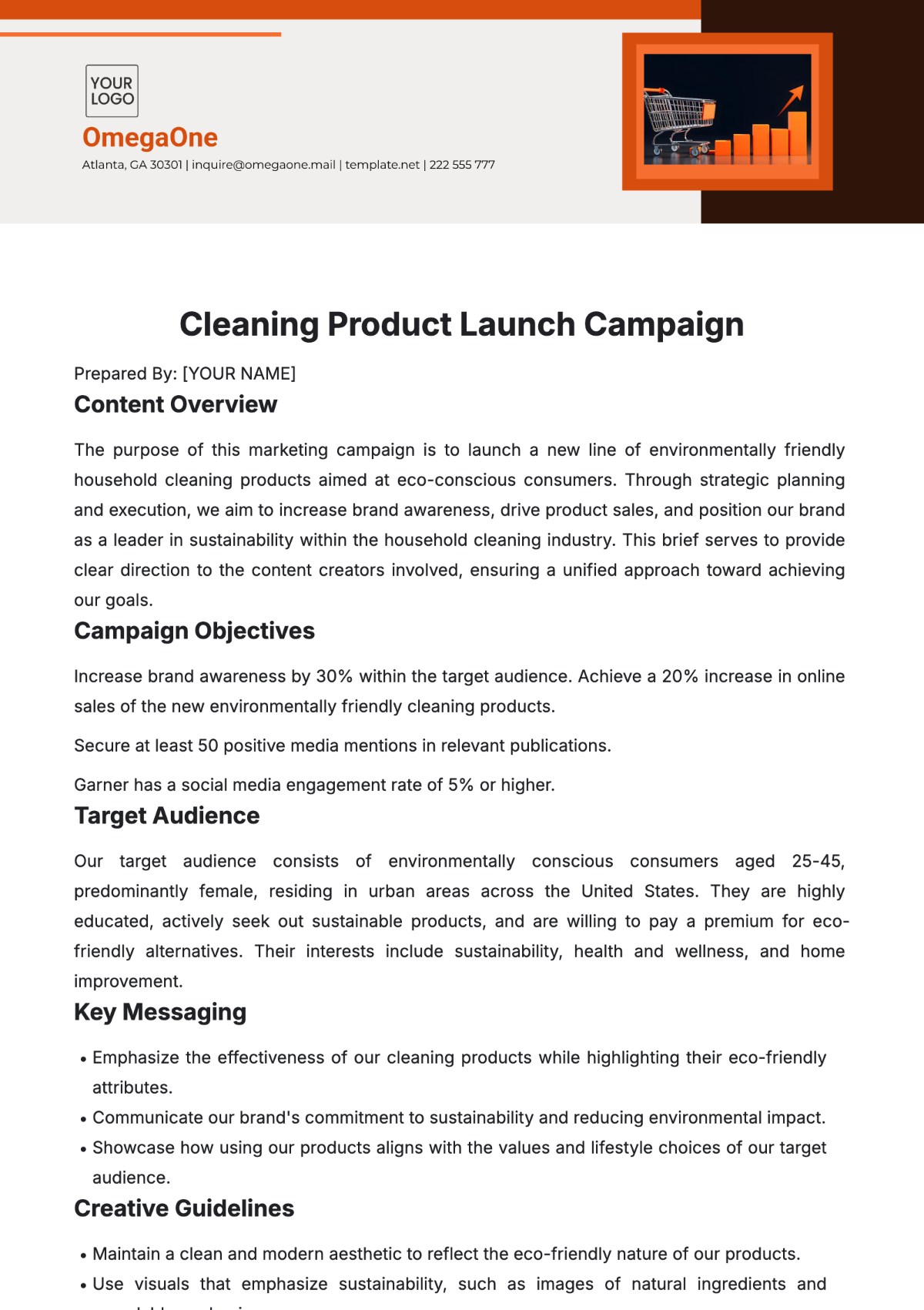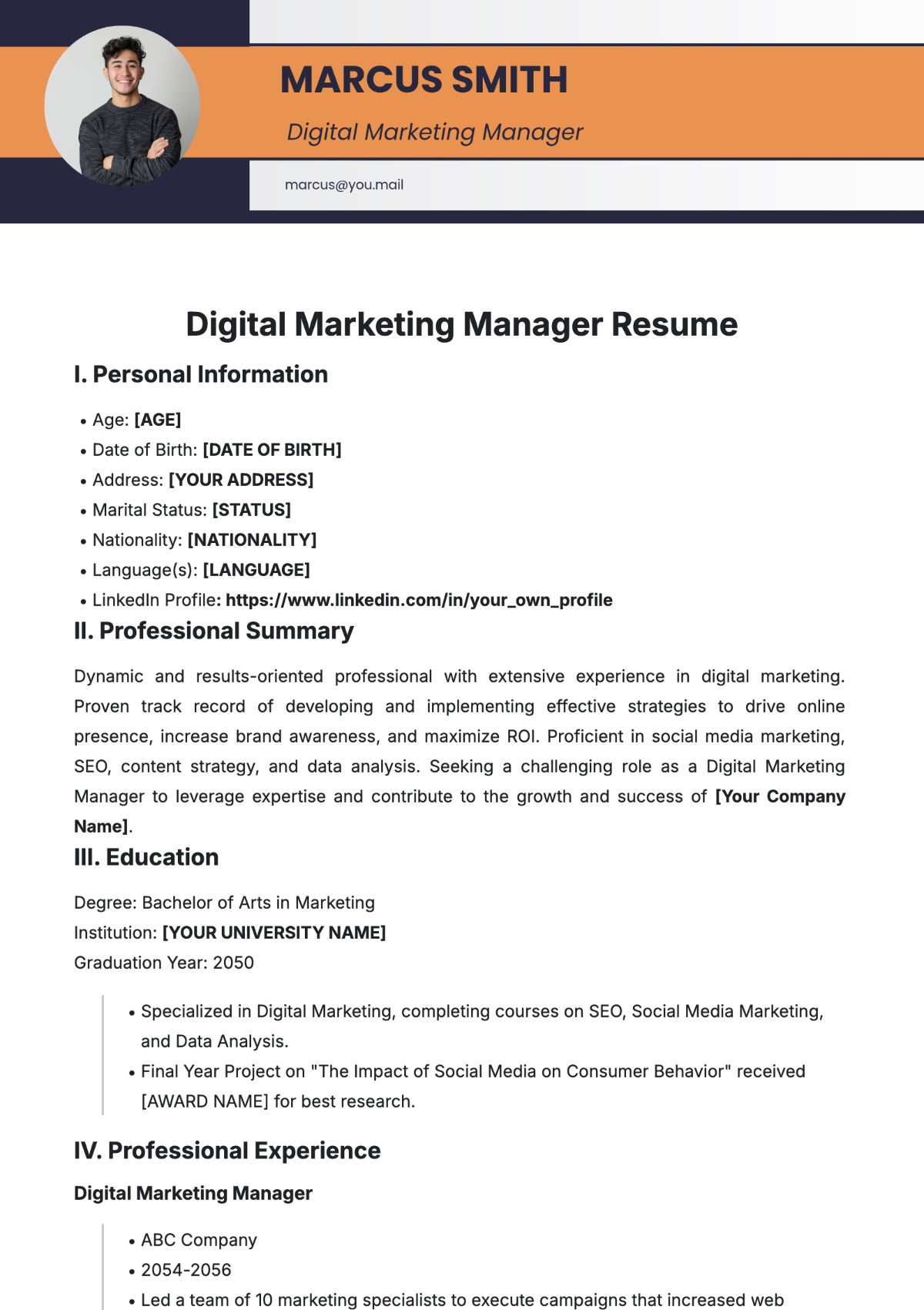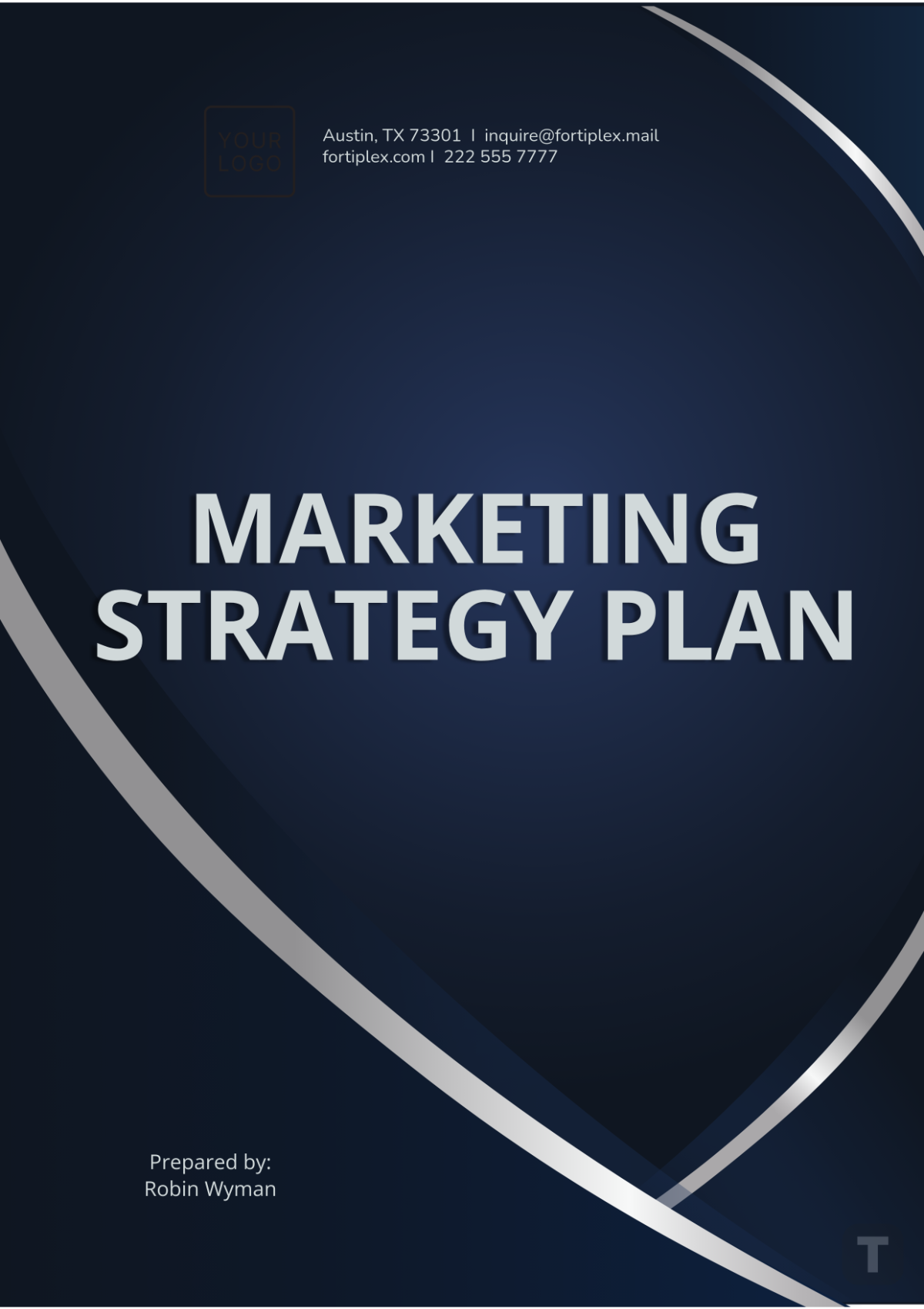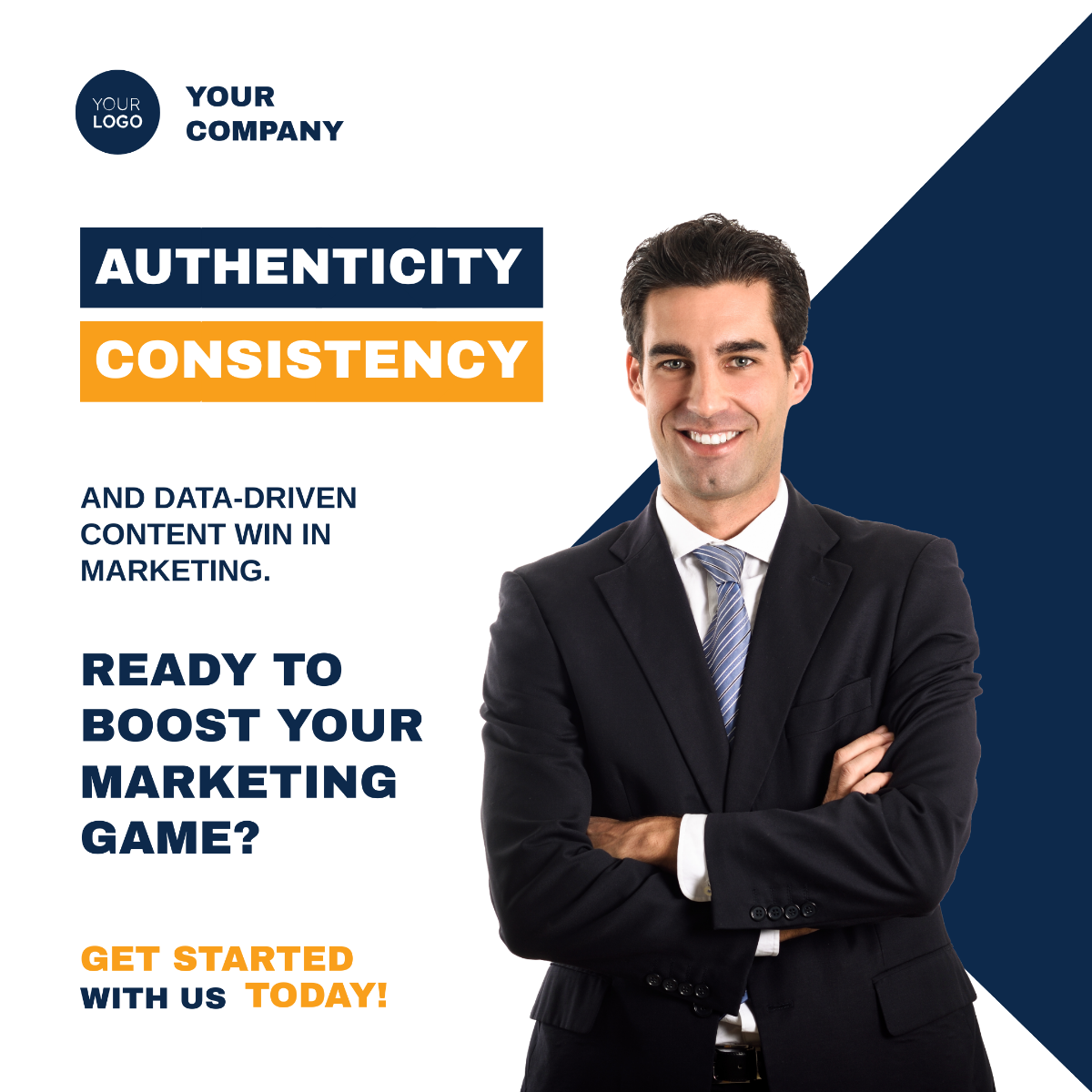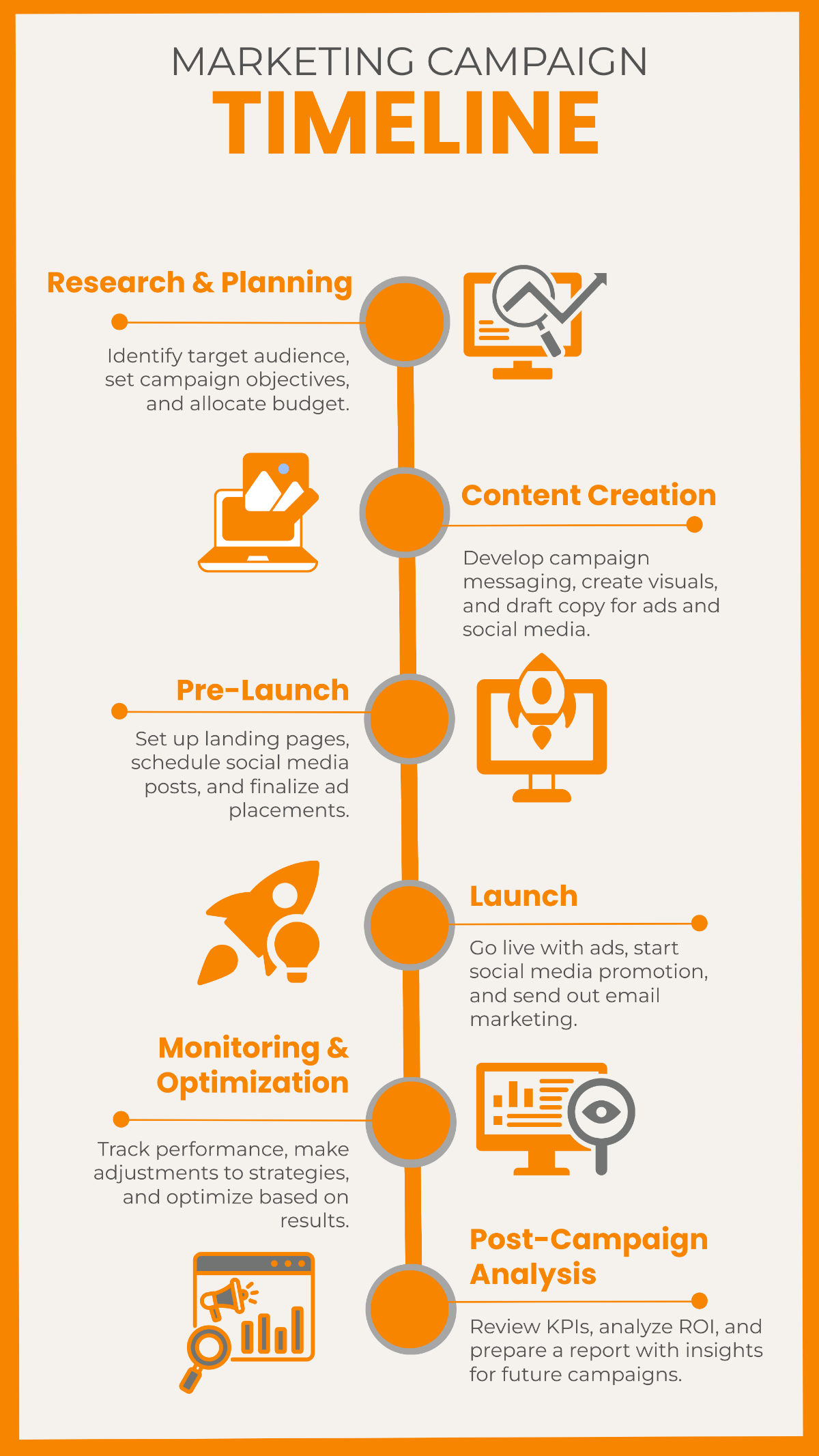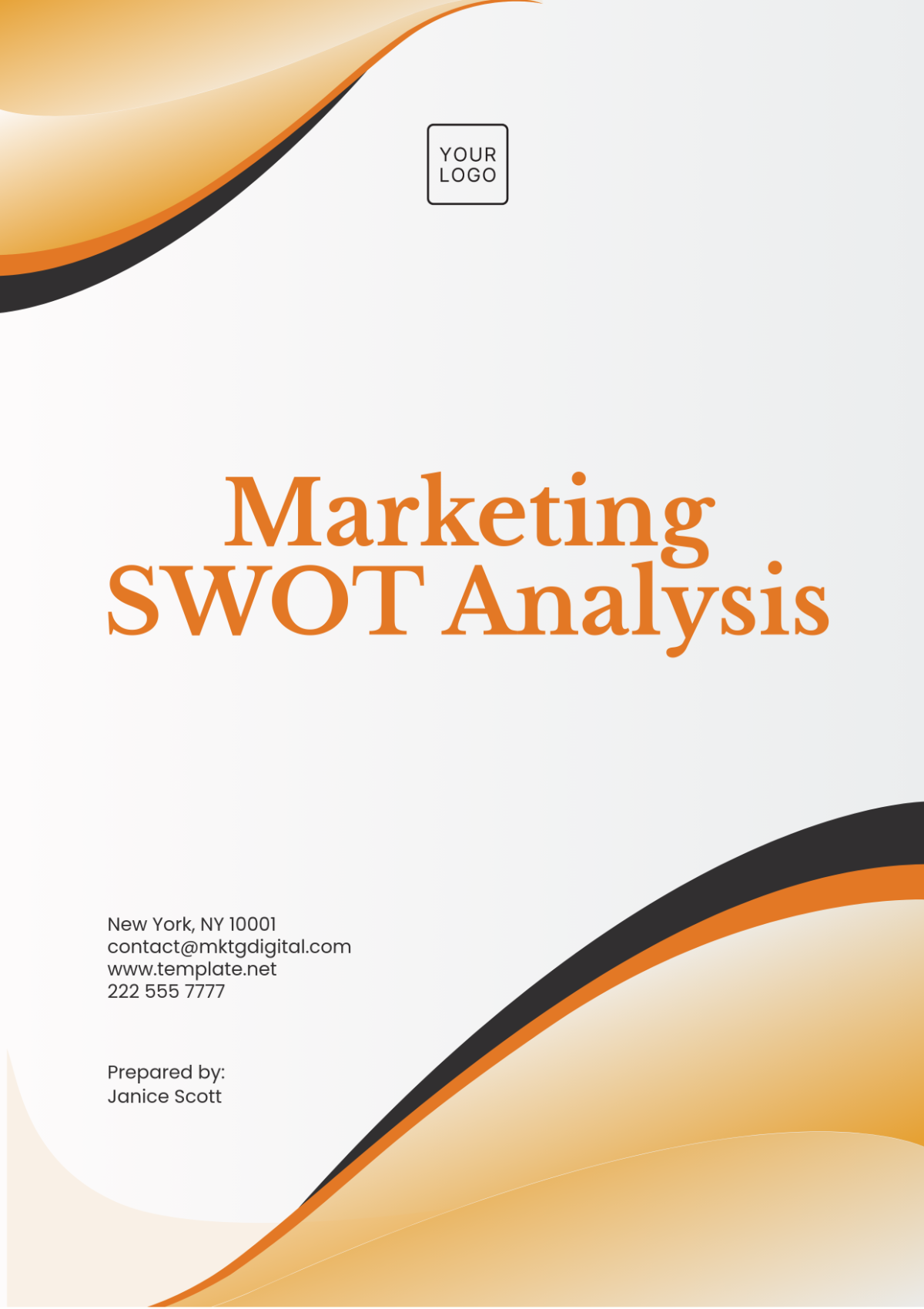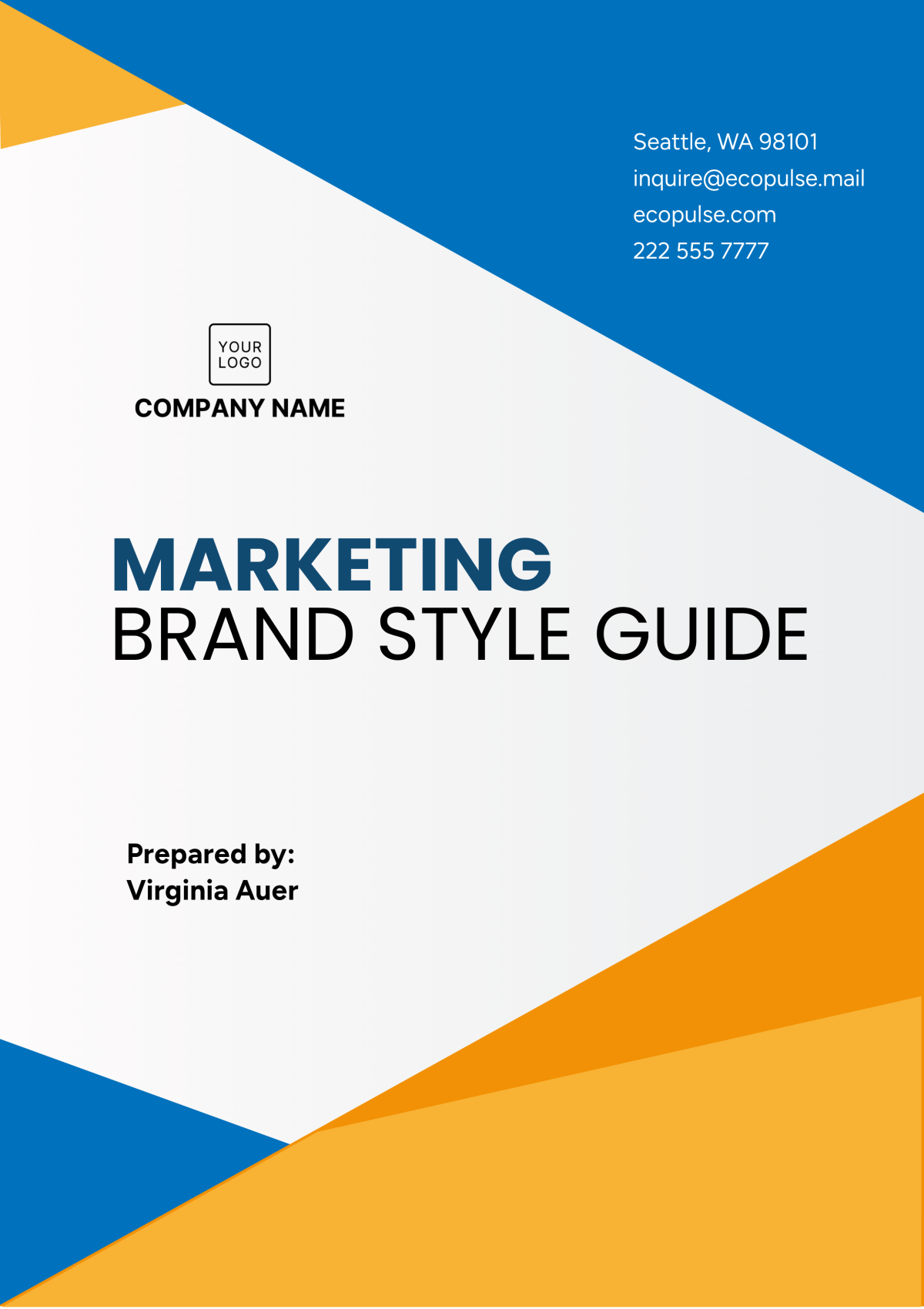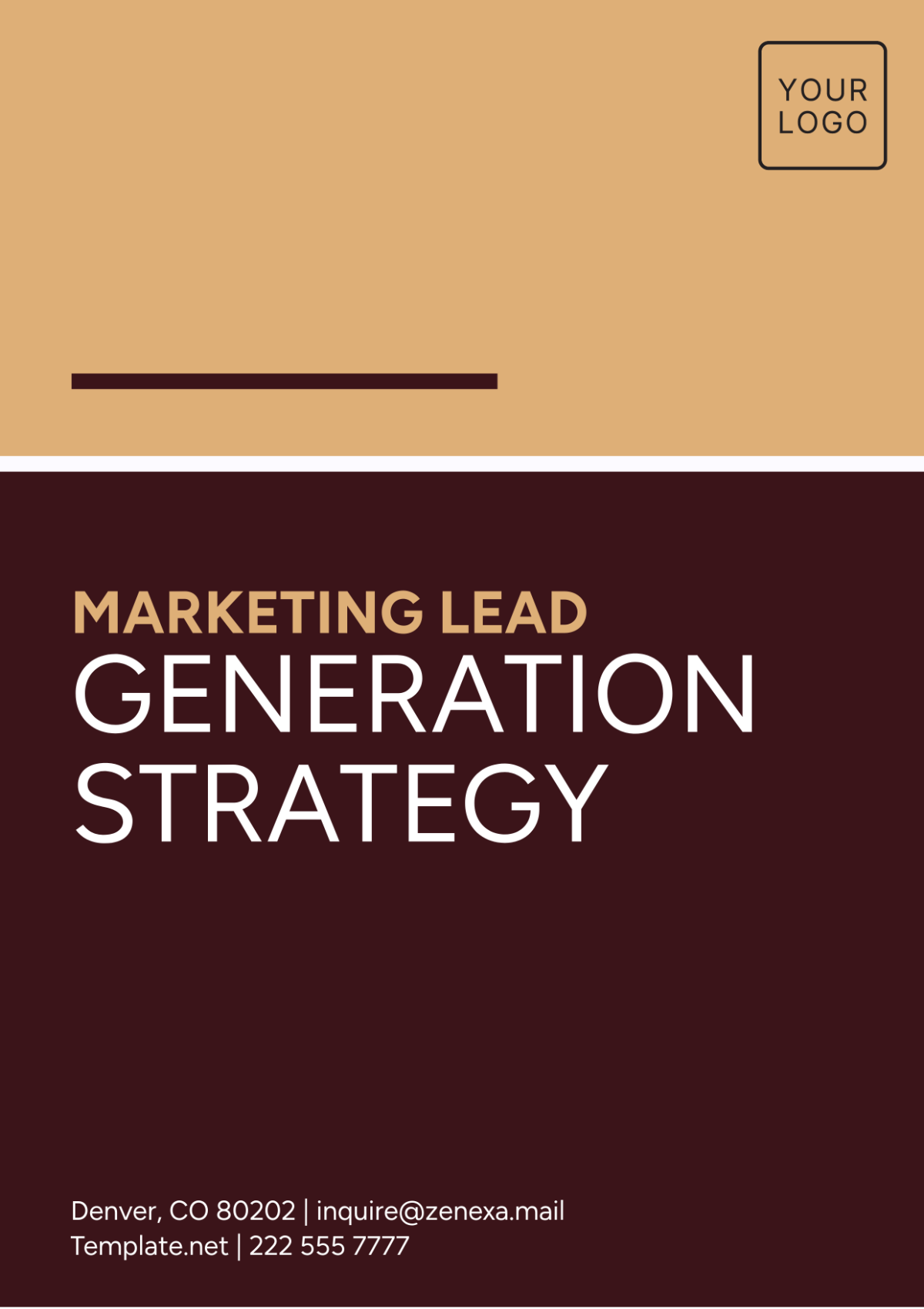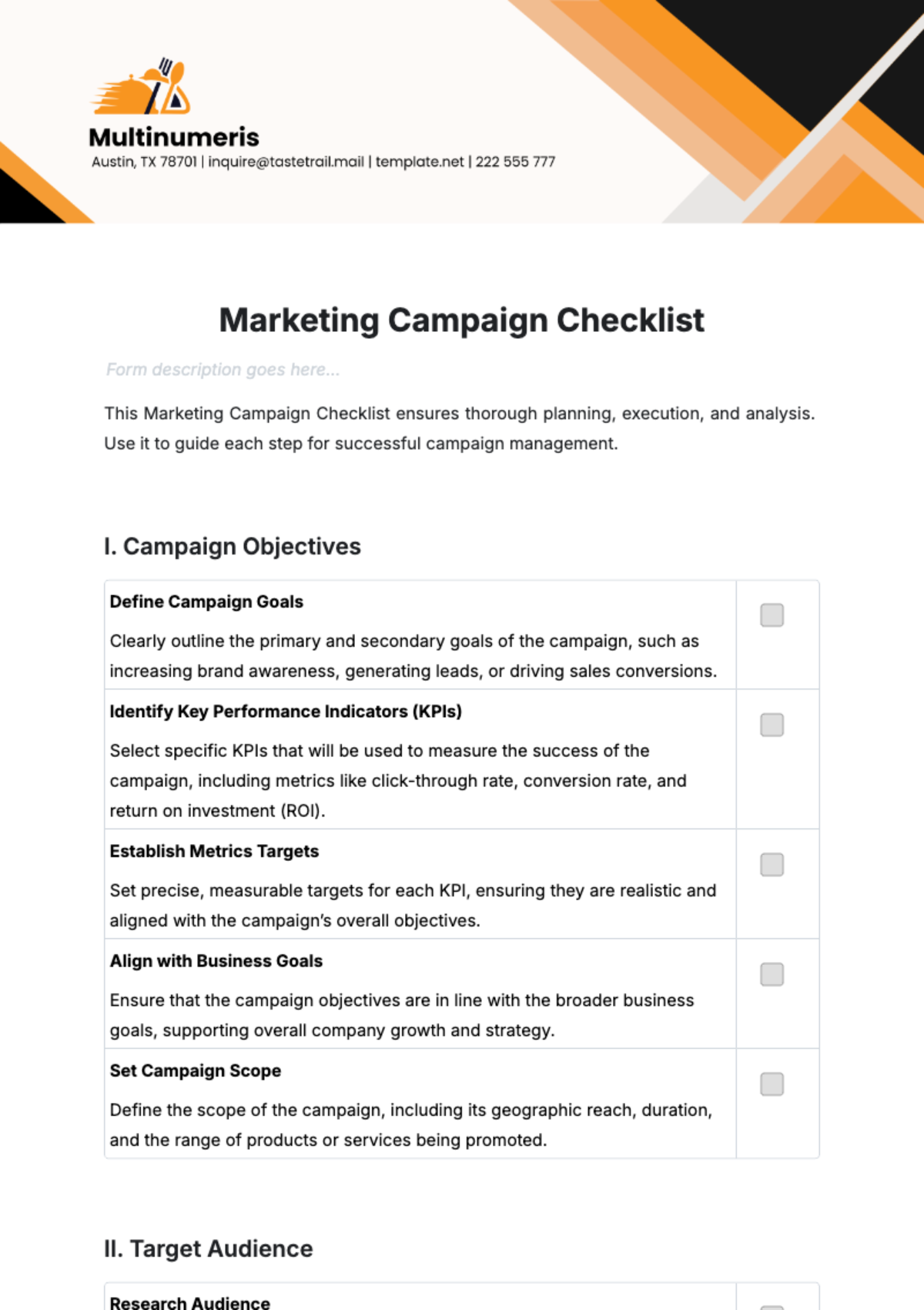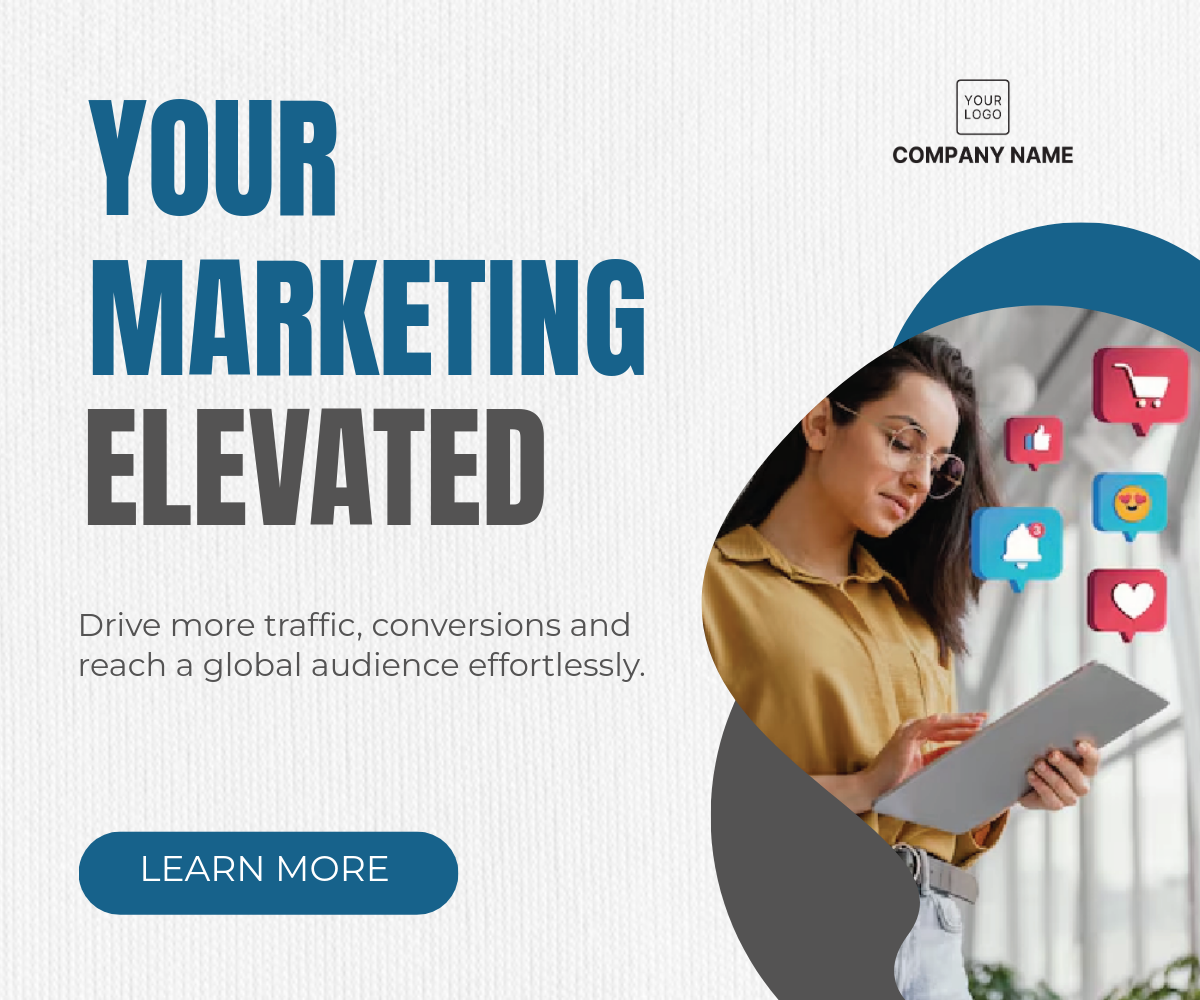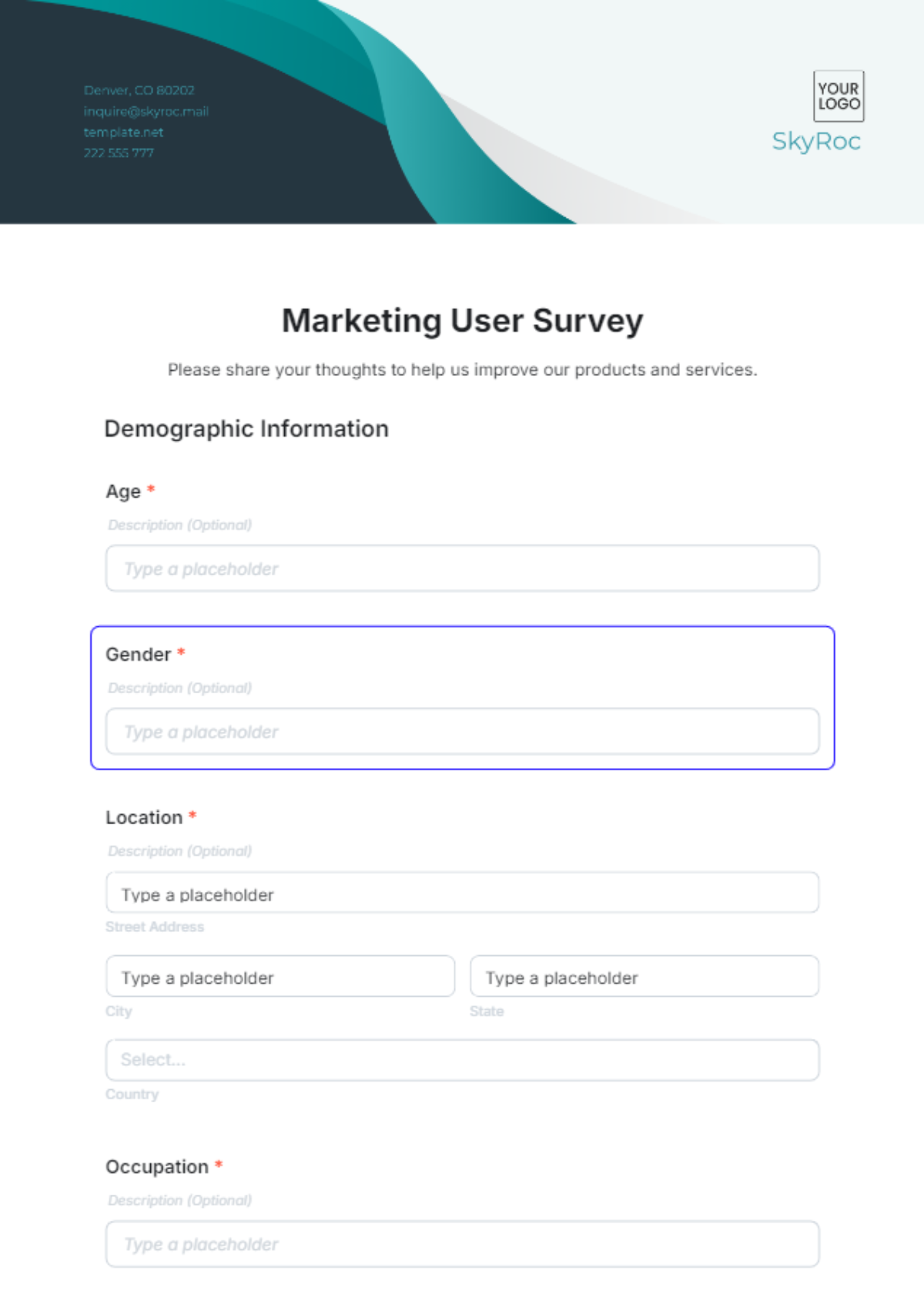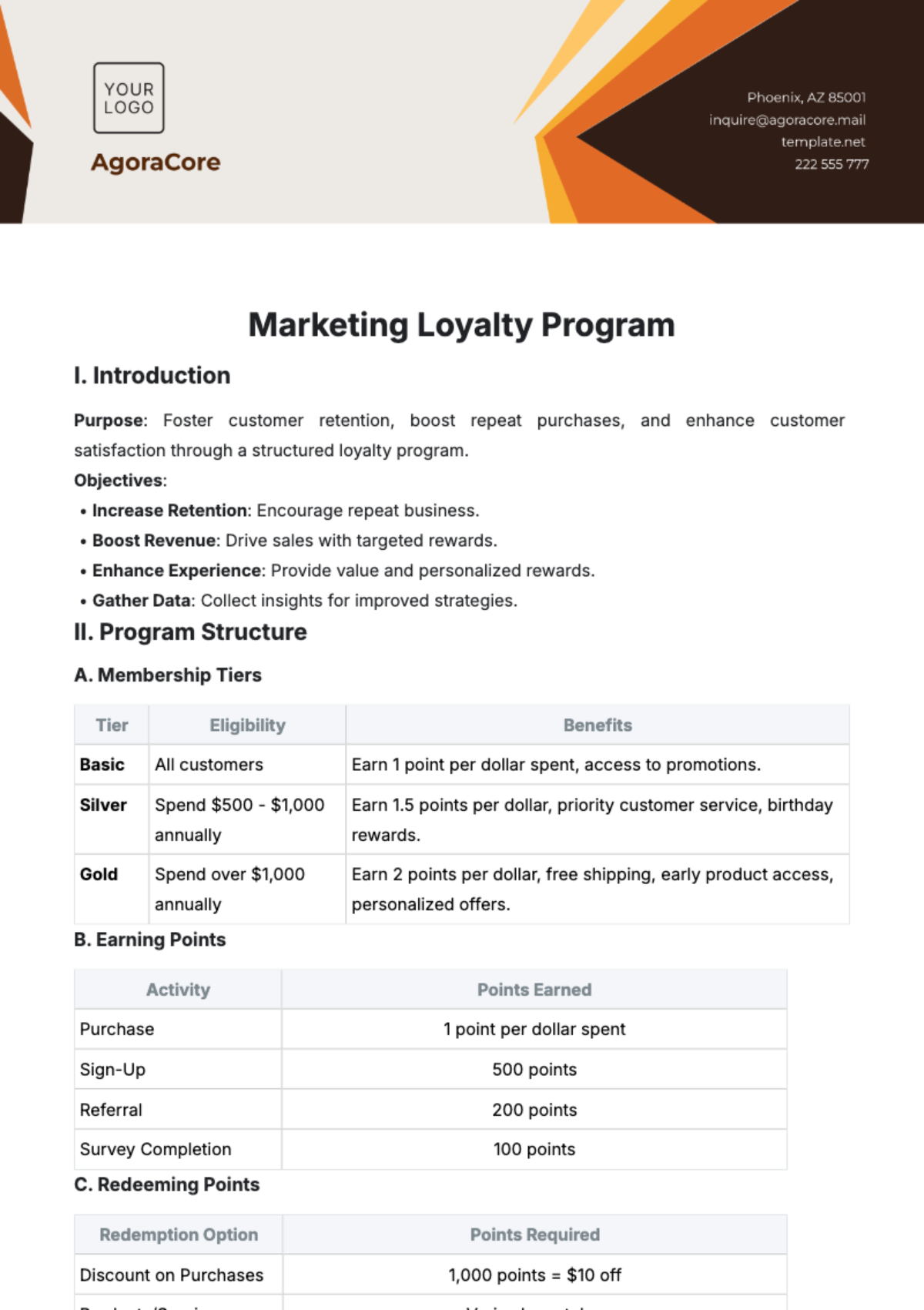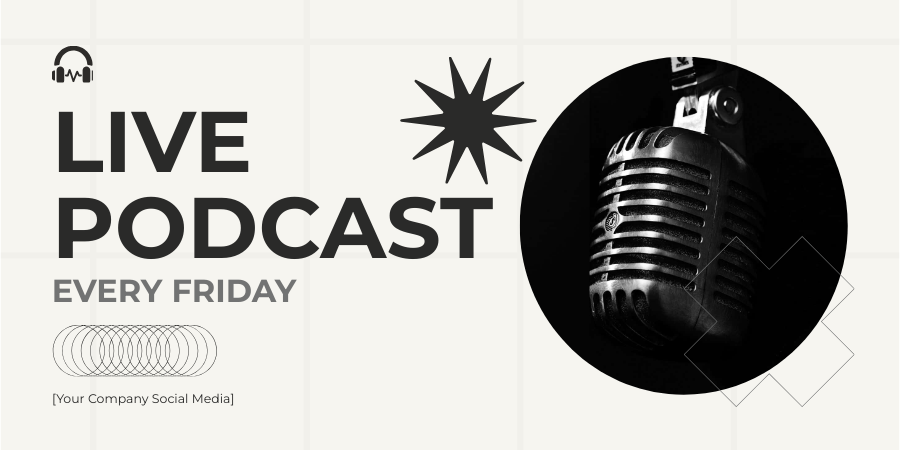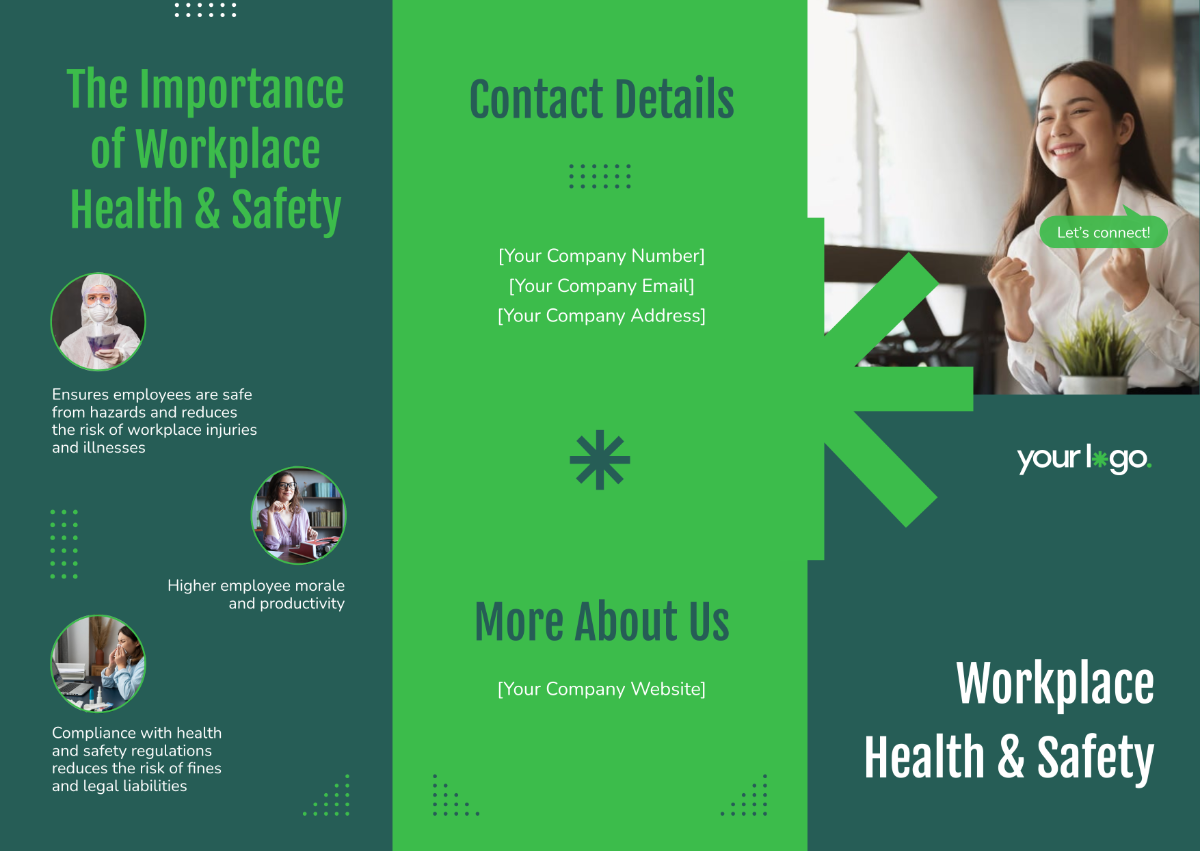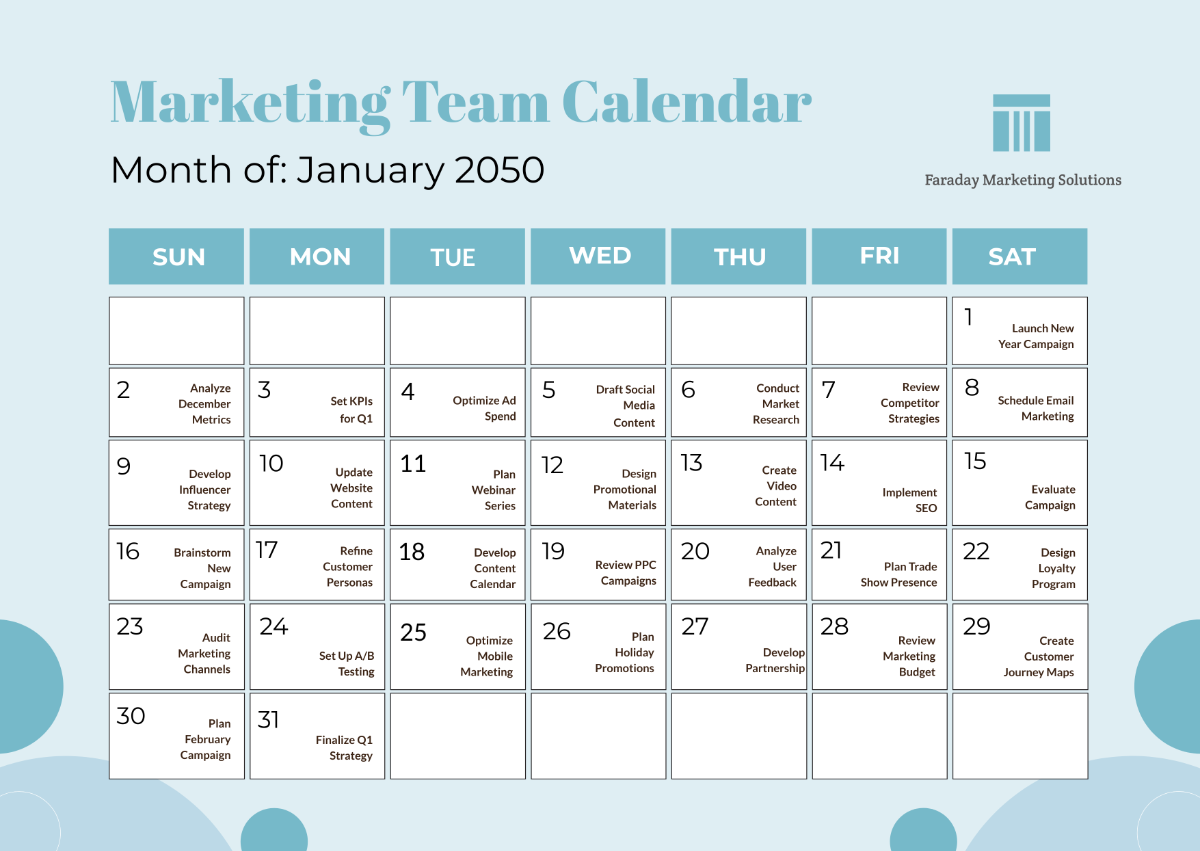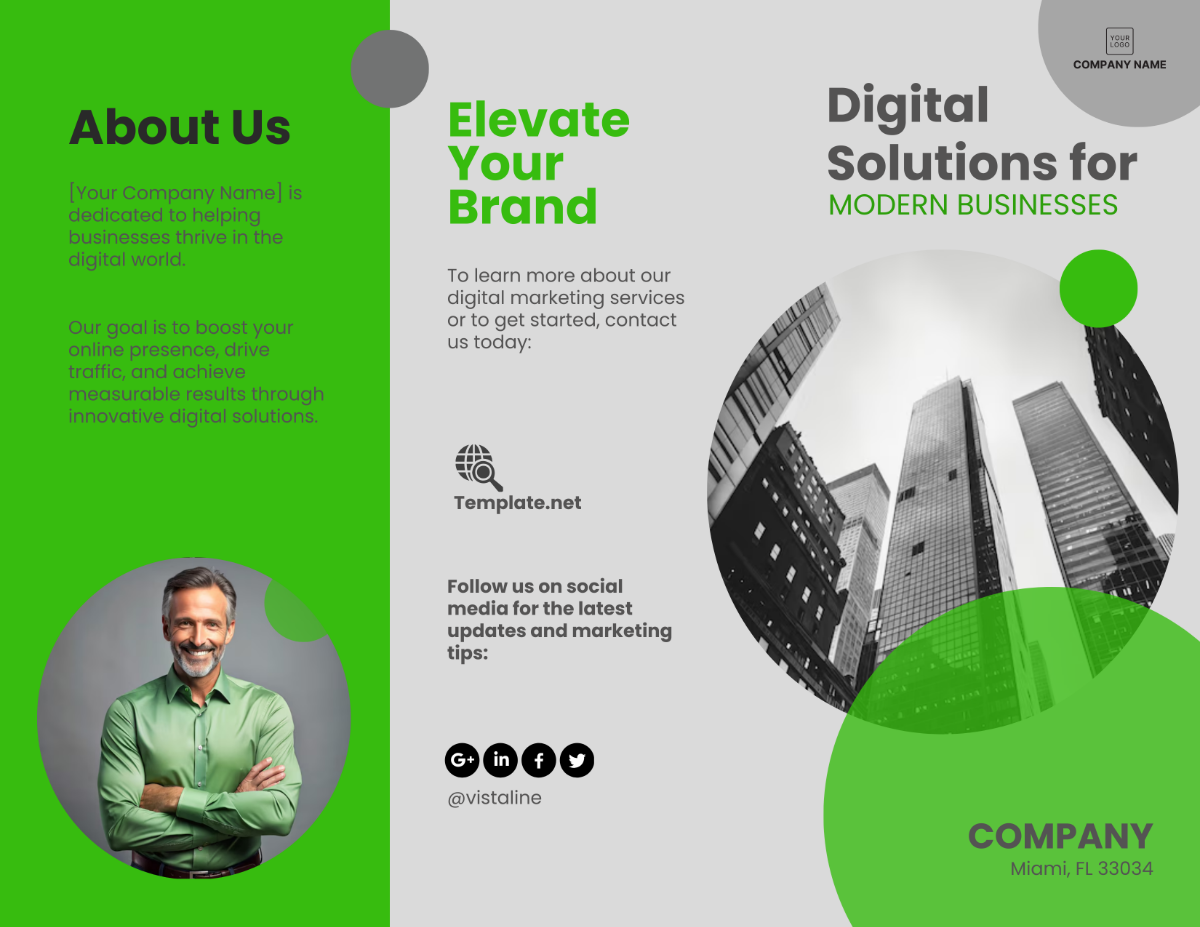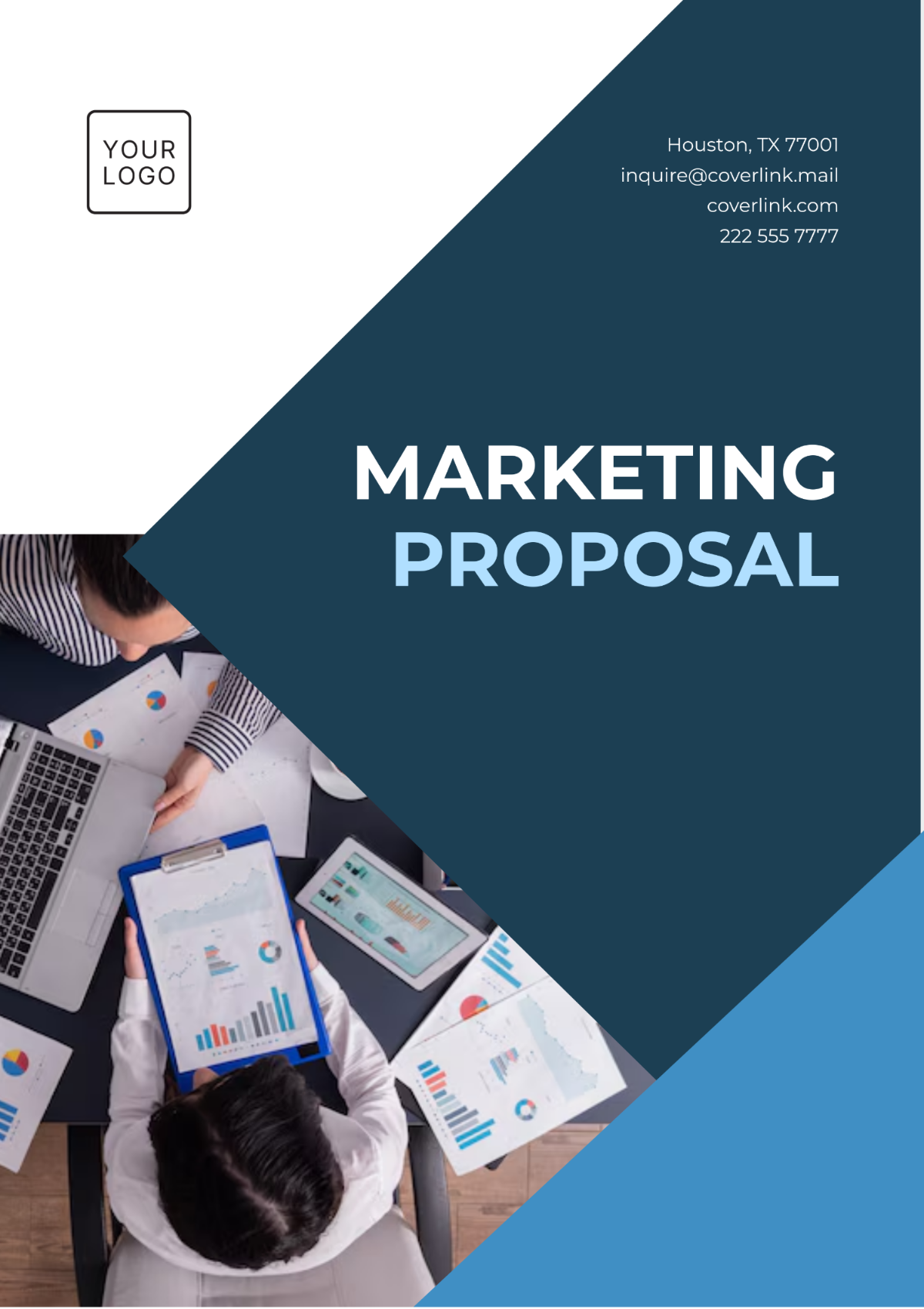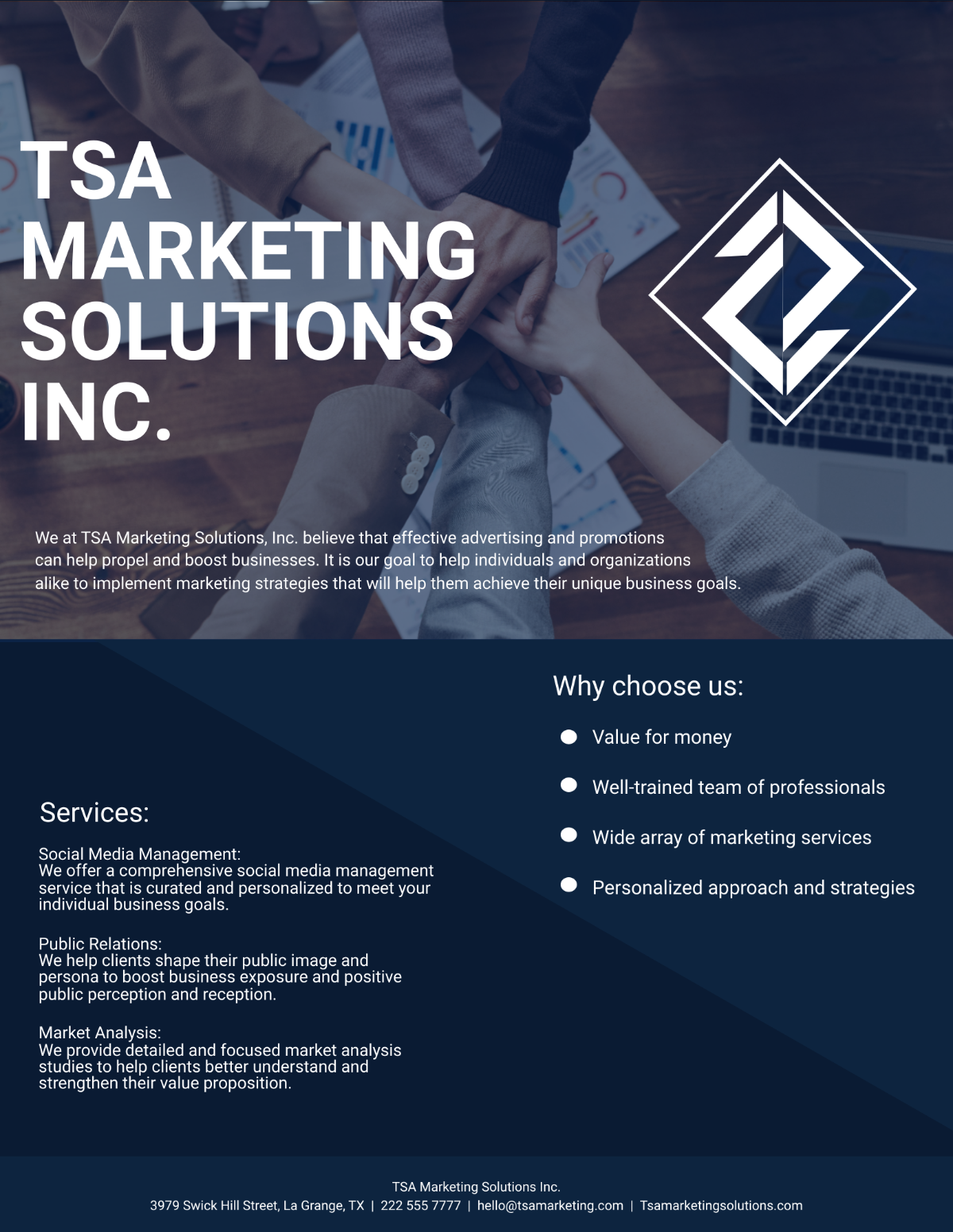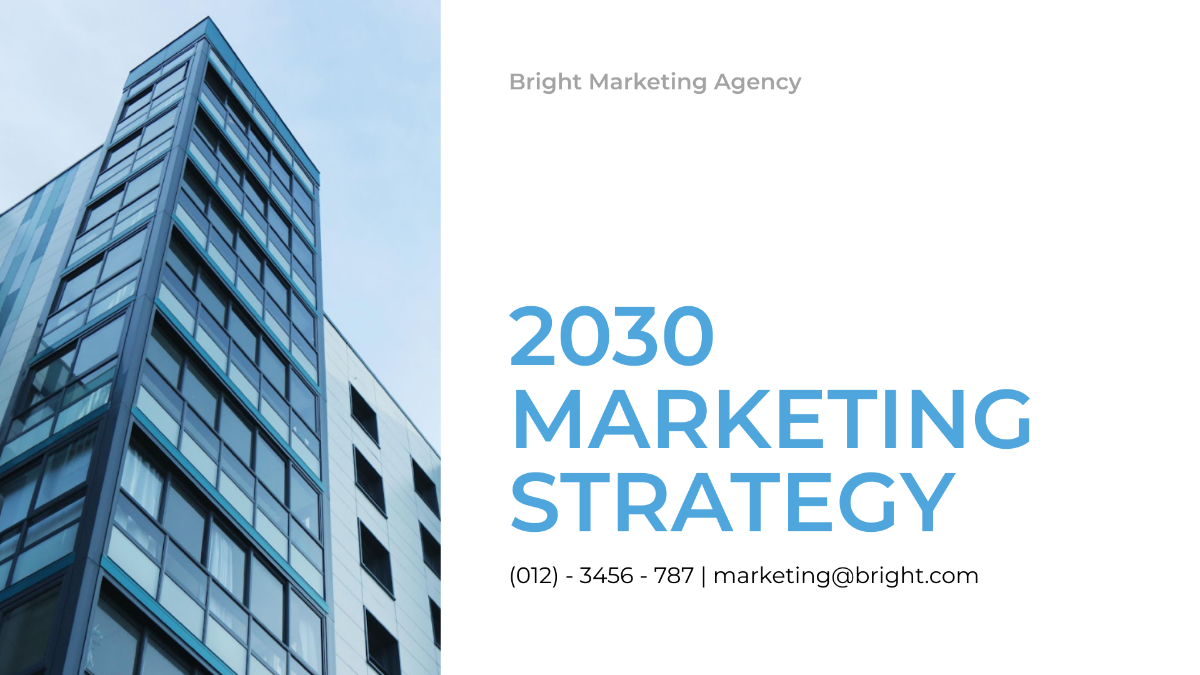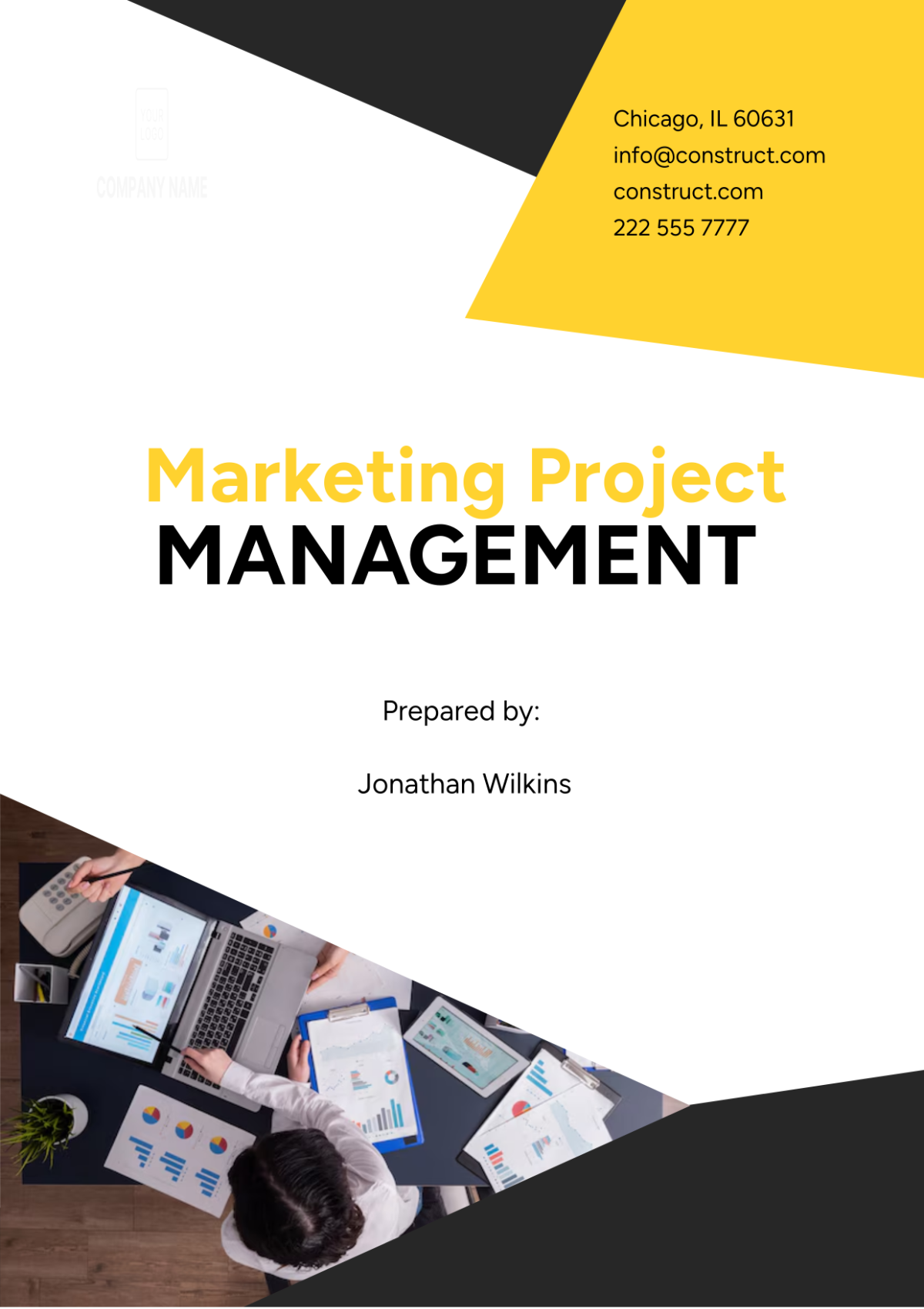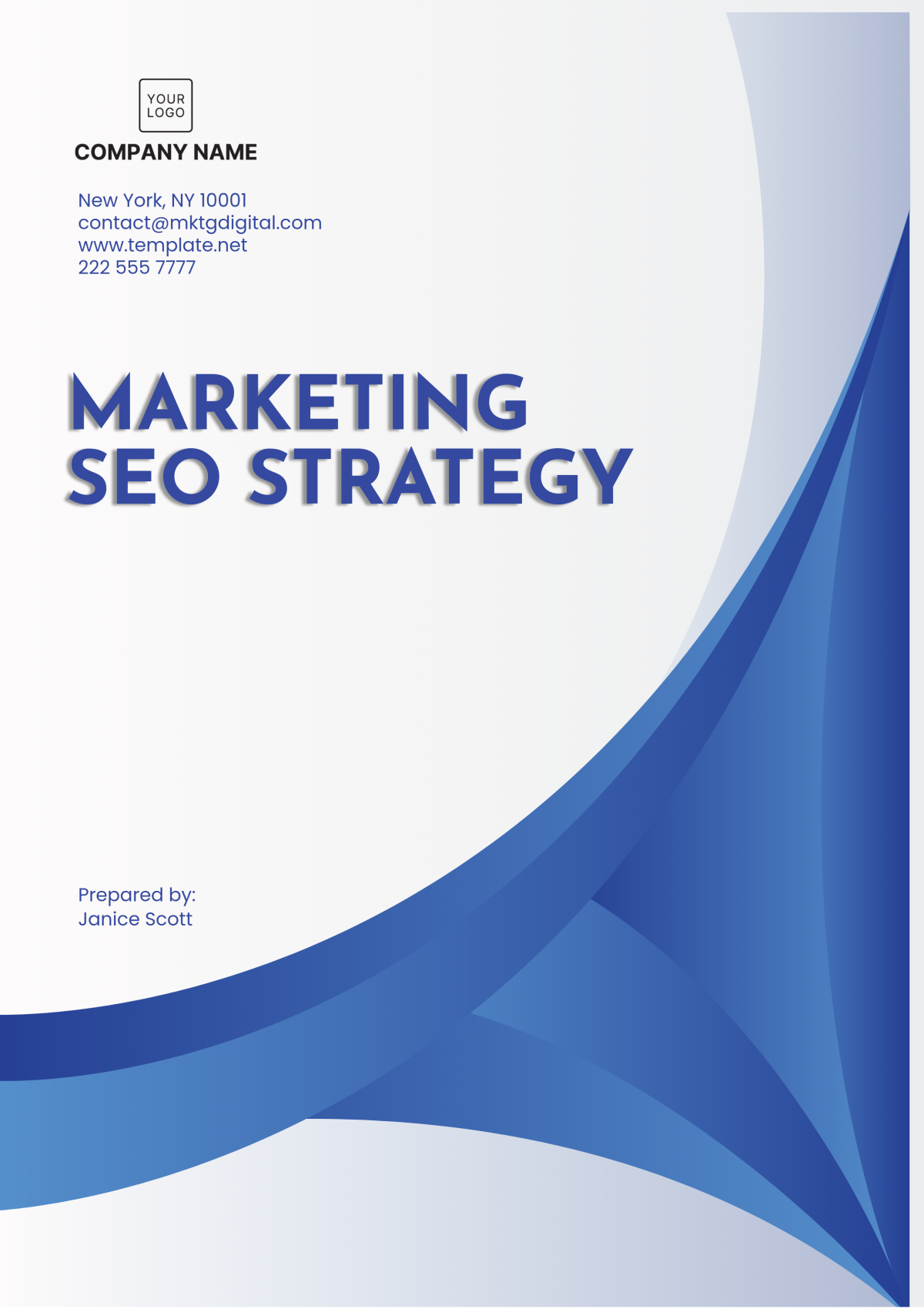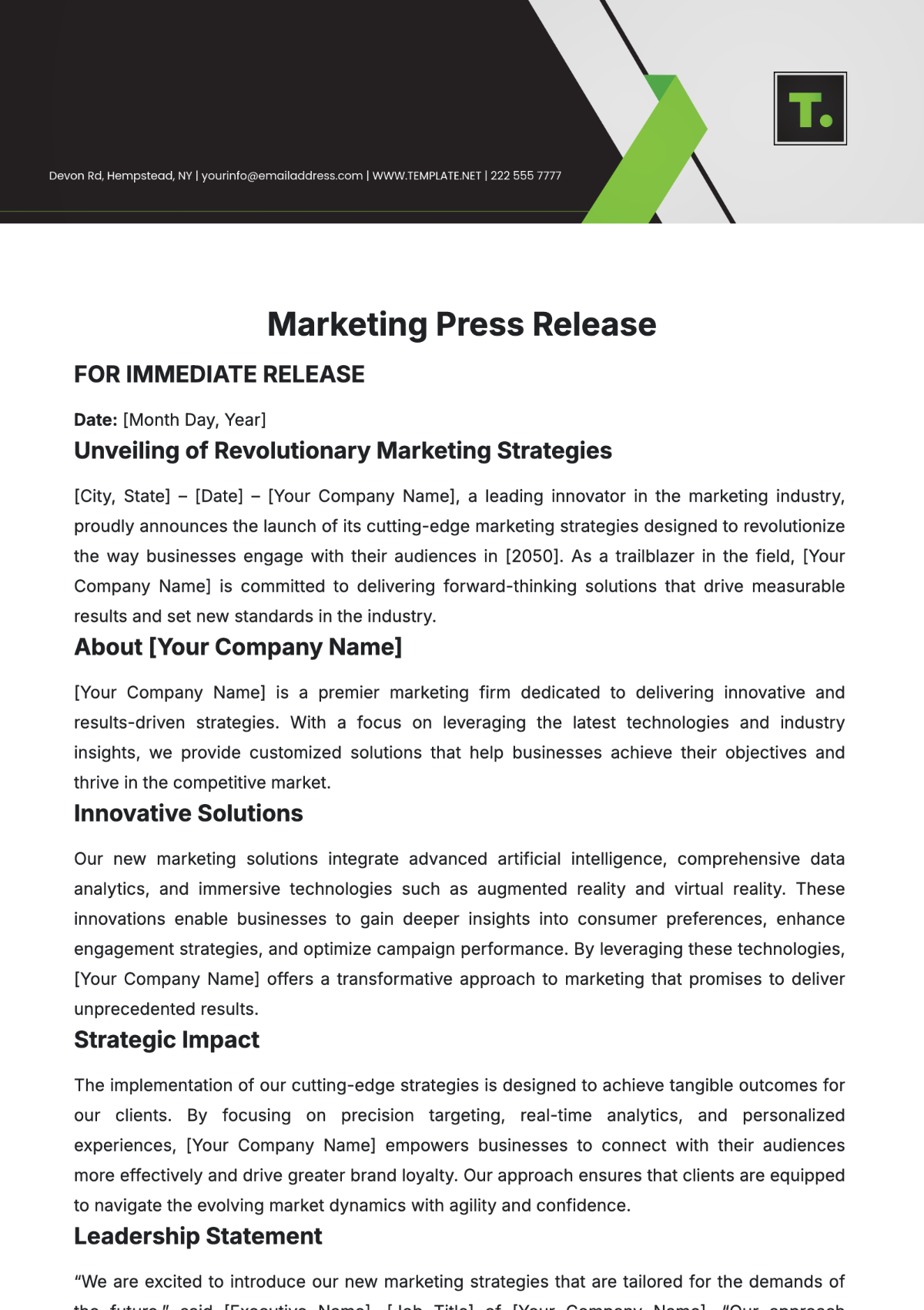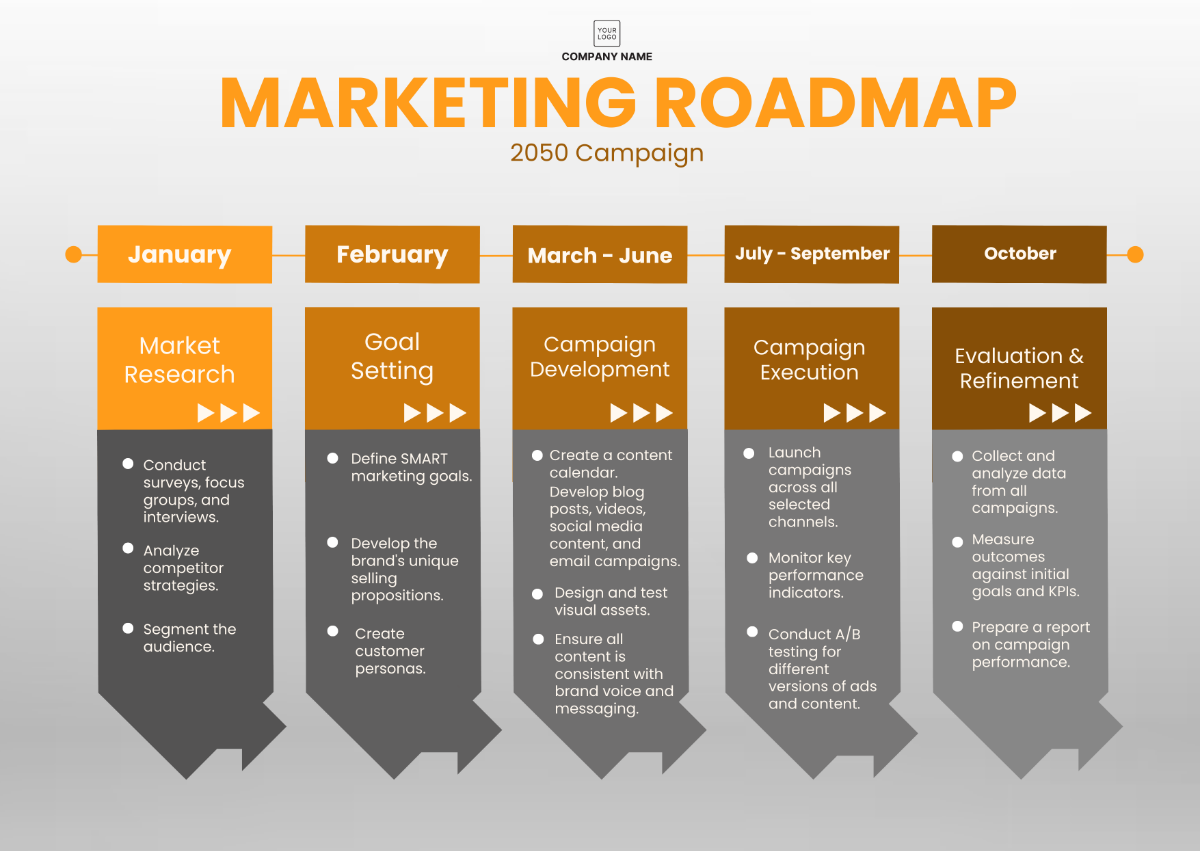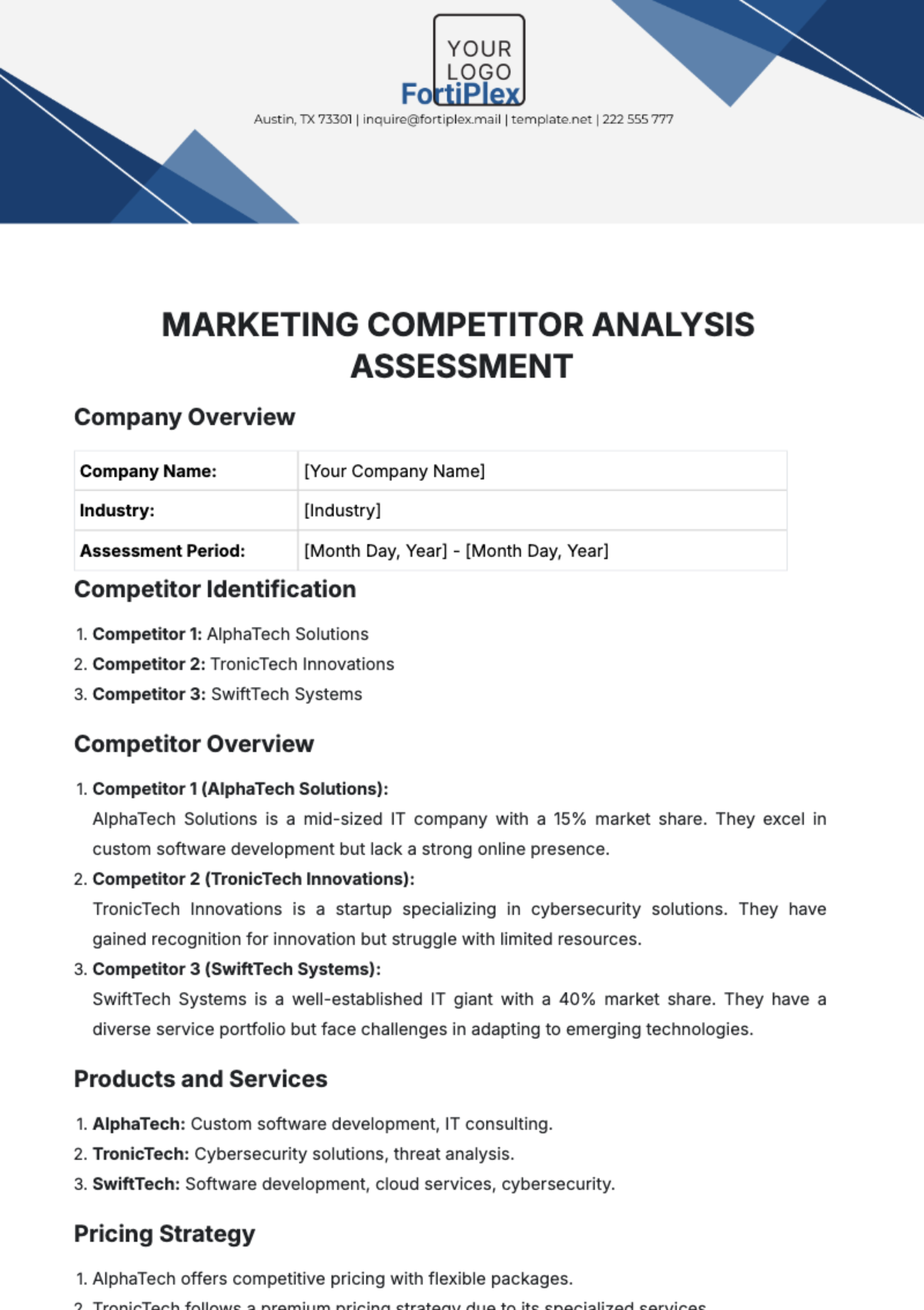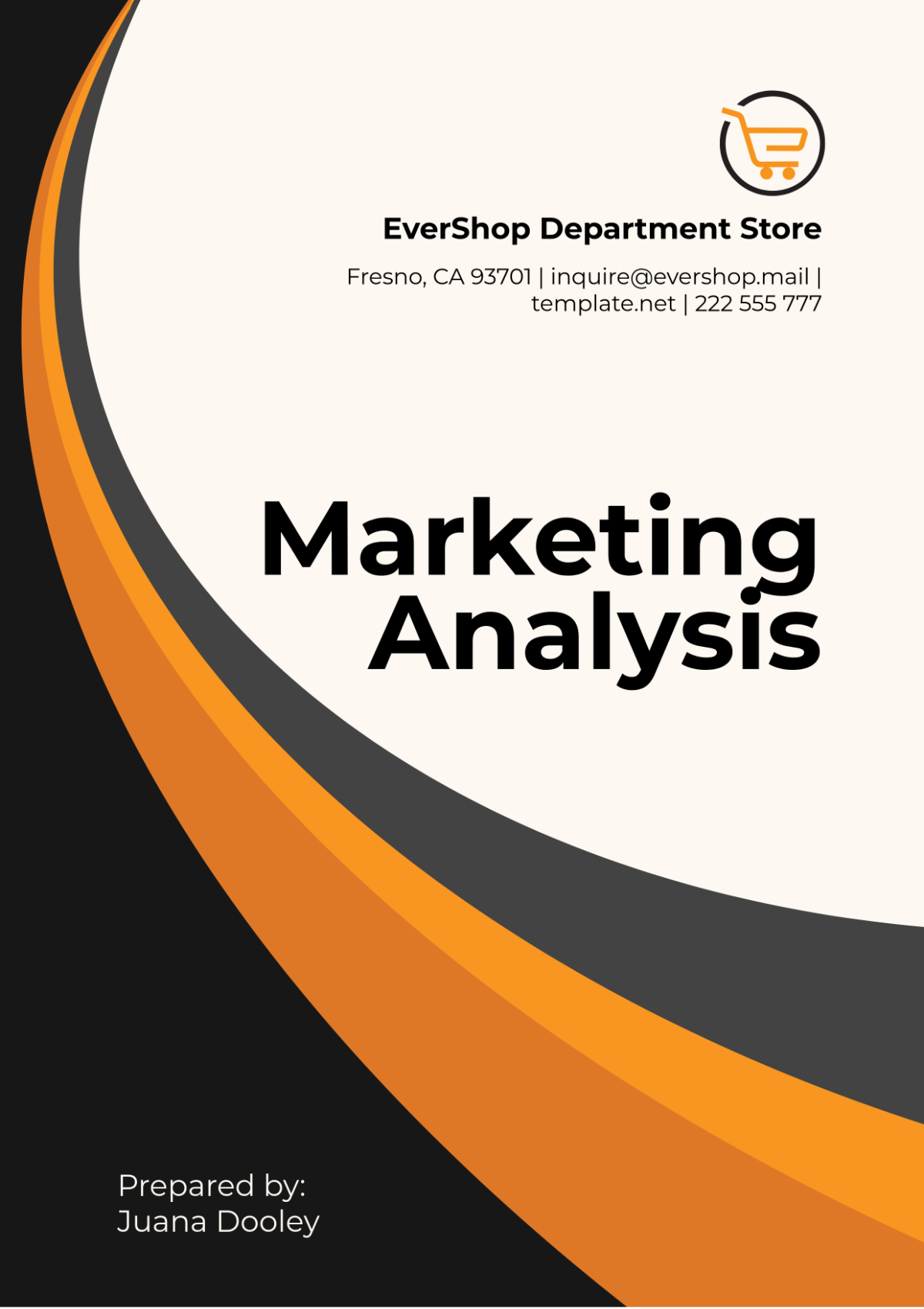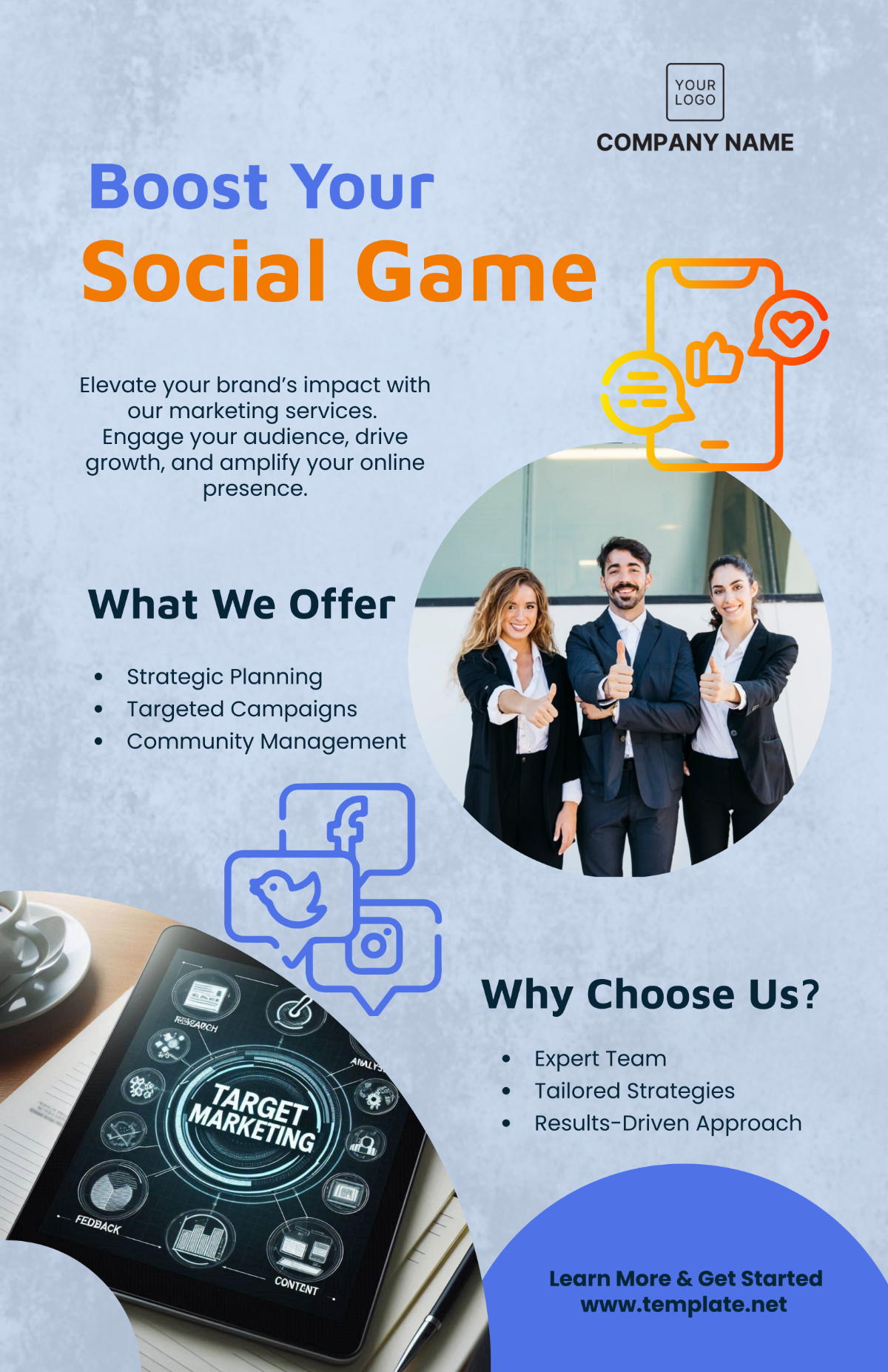High-Level Digital Content Strategy
Introduction
This High-Level Digital Content Strategy outlines the framework and guidelines for content planning and organization for [YOUR COMPANY NAME]. This strategy ensures that all content efforts are aligned with the company's overall goals, effectively managed, and consistently executed across all digital platforms. The strategy covers the vision, mission, target audience, key messages, content types, distribution channels, and a content calendar to facilitate seamless content creation and management.
Vision and Mission
Vision: To establish [YOUR COMPANY NAME] as a leading authority in technology innovation, providing valuable and engaging content that resonates with our target audience.
Mission: To create, distribute, and manage high-quality content that supports [YOUR COMPANY NAME]'s business objectives, engages our audience, and drives measurable results.
Target Audience
Primary Audience:
Demographics: 25-45 years old, both genders, global
Interests: Technology, Innovation, Startups
Pain Points: Keeping up with tech trends, understanding new technologies
Content Preferences: Blog posts, Videos, Infographics
Secondary Audience:
Demographics: 18-24 years old, both genders, global
Interests: Education, Career Development, Tech News
Pain Points: Finding career opportunities in tech, learning new skills
Content Preferences: Social Media Posts, E-books, Webinars
Key Messages
Message 1: Innovation is at the heart of everything we do.
Message 2: Empowering the next generation of tech leaders.
Message 3: Bridging the gap between technology and everyday life.
Content Types
Blog Posts: Informative and engaging articles on latest tech trends, innovation stories, startup advice
Social Media Posts: Updates, promotions, and interactive content on Facebook, Twitter, LinkedIn
Videos: Educational and promotional videos on YouTube, Instagram TV
Infographics: Visual representations of tech data, innovation stats
E-books/Whitepapers: In-depth guides on emerging technologies, industry insights
Distribution Channels
Website: [YOUR COMPANY WEBSITE]
Social Media Platforms: Facebook, Twitter, LinkedIn, Instagram
Email Newsletters: Sent to subscribers and potential customers
Partner Websites: Collaborations with Tech News Hub, Innovation Daily
Content Calendar
Date | Content Type | Topic/Title | Platform/ Channel | Responsible Person |
|---|---|---|---|---|
January 1, 2050 | Blog Post | "Top 10 Tech Trends for 2050" | [YOUR COMPANY WEBSITE] | Randy Mooney |
January 8, 2050 | Social Media Post | "Join Our Webinar on AI Innovations" | Facebook, Twitter, LinkedIn | Jane Franklin |
January 15, 2050 | Video | "The Future of Blockchain Technology" | YouTube | Alice Johnson |
January 22, 2050 | Infographic | "Innovative Startups to Watch in 2050" | Instagram, LinkedIn | Kyle Smith |
January 29, 2050 | E-book | "Guide to Understanding Quantum Computing" | [YOUR COMPANY WEBSITE], Email Newsletter | Emily Davis |
Content Creation and Approval Process
1. Ideation:
Brainstorm content ideas based on target audience needs and company goals.
Document ideas in a shared content repository.
2. Planning:
Develop content outlines and assign responsibilities.
Schedule content in the content calendar.
3. Creation:
Produce content according to outlined guidelines.
Ensure content aligns with key messages and brand voice.
4. Review and Approval:
Submit content for review by Marcus Weber.
Make necessary revisions based on feedback.
Final approval by Sarah Lee.
5. Publishing:
Publish content on designated platforms according to the content calendar.
Monitor content performance and engagement.
6. Analysis and Optimization:
Analyze content performance using Google Analytics, Social Media Insights.
Optimize future content based on insights and feedback.
Measurement and KPIs
Engagement Metrics: Likes, shares, comments, and click-through rates.
Reach Metrics: Impressions and audience growth.
Conversion Metrics: Lead generation and sales conversions.
SEO Metrics: Organic traffic and search engine rankings.
Conclusion
This High-Level Digital Content Strategy provides a comprehensive framework for content planning and organization at [YOUR COMPANY NAME]. By following this strategy, we ensure that our content efforts are well-coordinated, effectively managed, and aligned with our overall business objectives, driving meaningful results and engagement with our target audience.
